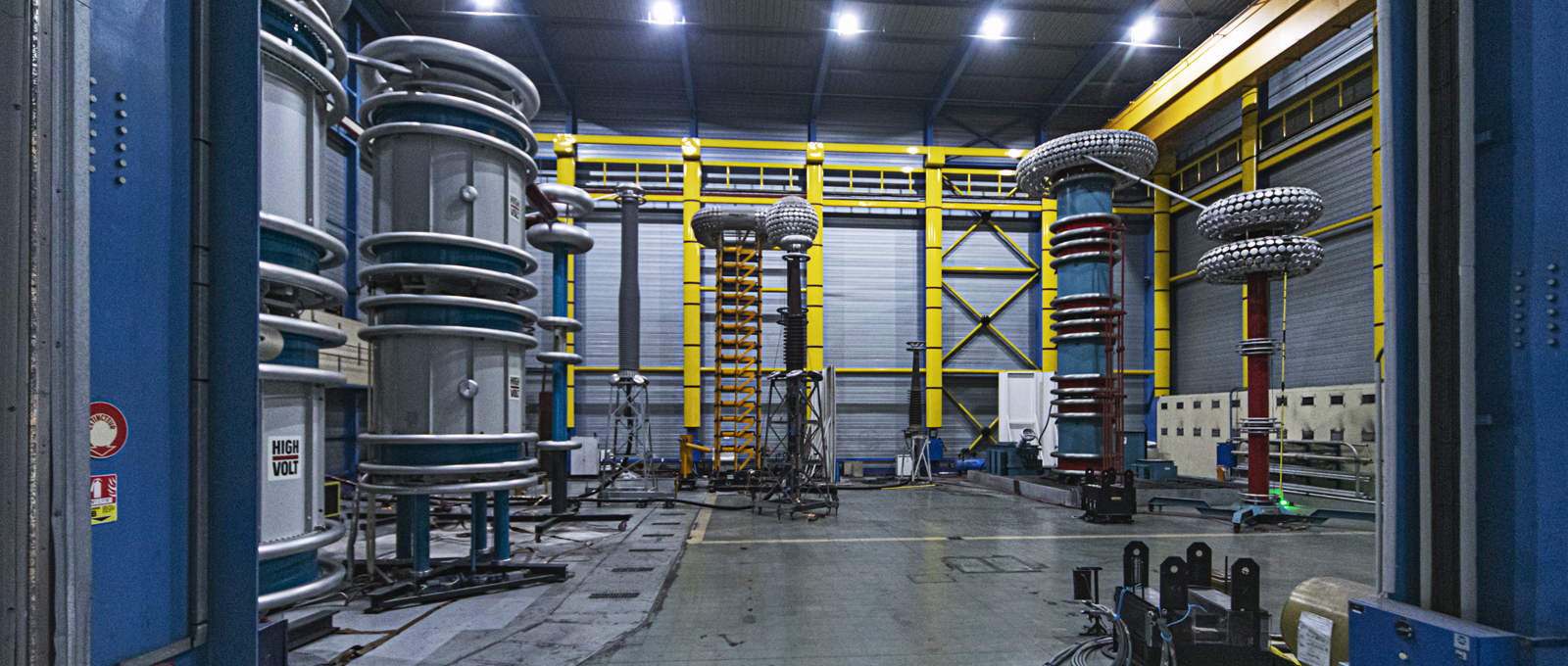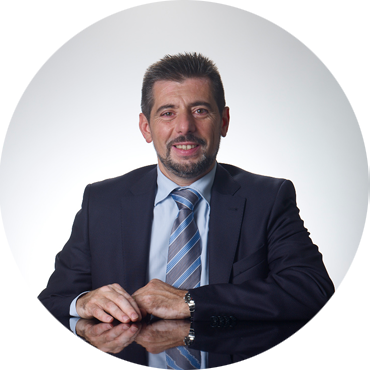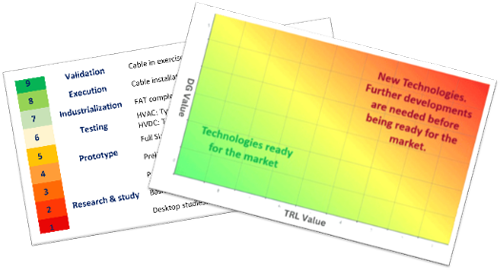The decision to install the latest high voltage cable technology from Prysmian for SuedLink, SuedOstLink and A-Nord implicated risks related to technology that had never been applied in the field, as well as for the size of the projects, which are the world’s longest underground cable systems. Several tests were carried out beforehand to see if production could meet the requirements, Marelli explained.
“As 525 kV HVDC is a new technology both for XLPE and for our PLaser, we made several prototypes even before getting the contracts and we tested massively before we went to the market, to be sure to be able to deliver the huge amount of cables required – Prysmian is the only cable maker being involved in all the three German HVDC cable projects,” said Marelli.







